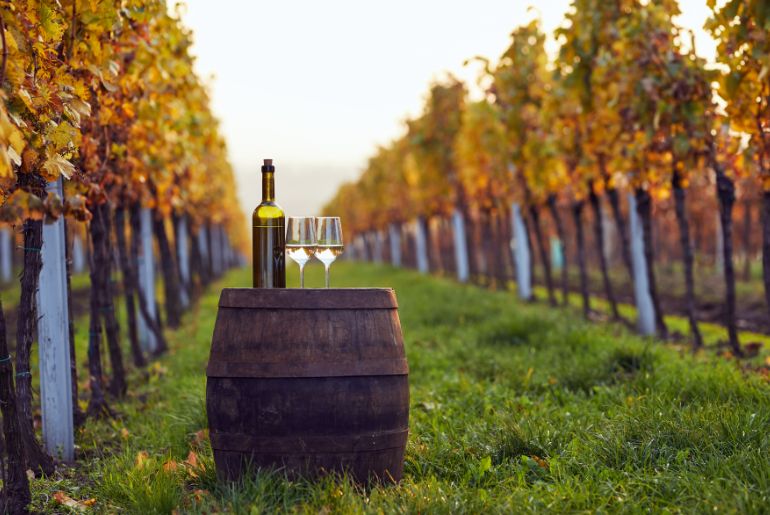In the realm of winemaking, certain geographical regions have etched their names into history as premier wine-producing areas. While countries like France, Italy, and Spain have long held the spotlight, an intriguing shift has emerged with winemakers increasingly turning their attention to the unexpected and the unconventional. Among these unexpected contenders, Sweden has emerged as a focal point.
Why Are Swedish Wines Suddenly Popular?

At first glance, Sweden’s winemaking potential seems at odds with its northern latitude. However, Sweden’s cooler climate has transformed from being a drawback to an intriguing advantage.
Scandinavia isn’t exactly what wine lovers would call a premier wine region, and there are still very few commercial vineyards there when compared to France, Italy, or Spain. But the aroma of Swedish wines is ripening wonderfully due to climate change, which is resulting in warmer and longer growing seasons and new grape types adapted to this setting.
Swedish winemaking is changing from primarily being done on a small scale by amateurs to an industry with expanding aspirations. This has happened due to drought, rising temperatures, and other extreme weather occurrences pushing traditional wine-producing regions to reevaluate their practices. Climate change can make areas once ideal for certain grapes more challenging.
With global temperatures on the rise due to climate change, regions previously considered inhospitable for grape cultivation. They have been experiencing a shift in their climate patterns. Sweden’s winemaking pioneers have astutely leveraged this change. This has created an environment conducive to the cultivation of grapes with a distinct flavour profile that reflects the uniqueness of the region.
Also Read: Clueless About Wine And Food Pairings? Here’s A Simplified Guide To All That You Need To Know!
Prominence Of Wine-Making In Sweden

Sweden’s emergence as a winemaking hub can be attributed to boutique wineries. These smaller-scale, artisanal operations have redefined the winemaking landscape by focusing on quality over quantity. The attention to detail, personalised approach, and the inherent story of each winery have captured the imagination of wine enthusiasts. Sweden’s winemaking scene, characterised by these boutique establishments, offers a refreshing departure from mass-produced wines.
For instance, Kullabergs Vingard in Sweden stretches over 14 hectares (35 acres). Most of the vines were planted less than a decade ago. According to an article by the South China Morning Post, the winery produced over 30,000 bottles of wine annually by 2022. The majority of these were whites. These wines can be found in upscale eateries across the world, from Europe to Japan to Hong Kong. Additionally, they have received numerous international awards.
Sweden’s ascent to prominence in the winemaking world is a remarkable tale of innovation amidst the challenge of deciphering and harnessing natural calamities.
So, have you tasted Swedish Wines yet?
Cover image credits: Canva
First Published: August 25, 2023 2:11 PM



